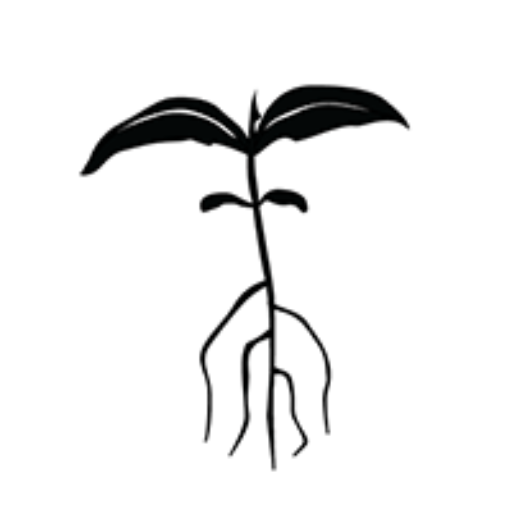Botanical name : Zea mays
Common name : Corn, Maize, Popcorn, Sweetcorn
Intermediate difficulty for seed saving
Lifecycle: Annual
Pollination: Wind pollinated
Mating system: Monoecious. Pollen produced in tassles at the top of the plant and accepted by cobs via silks.
Suggested spacing: Same as for eating production.
Seed specific requirements: None
Isolation distance: 250 metres
Population size: 100 or more plants
Seed maturity: Cobs should be harvested for seed only after the outer husk begins to turn brown
Processing method: Dry processed
Expected seed viability: 2 years
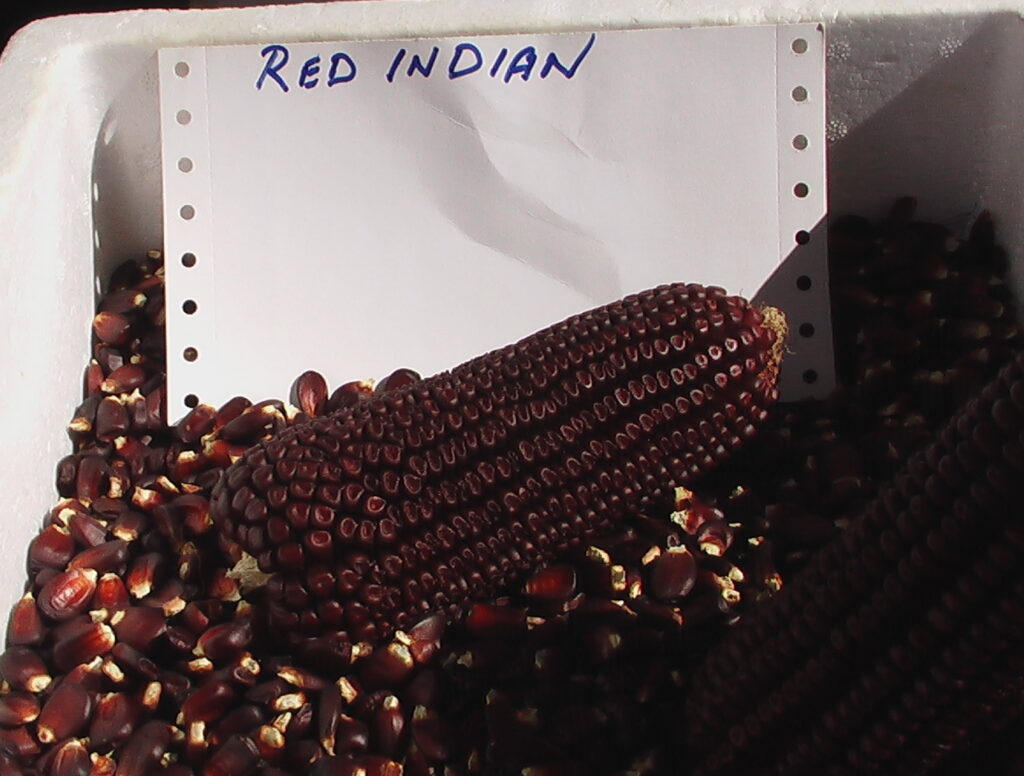
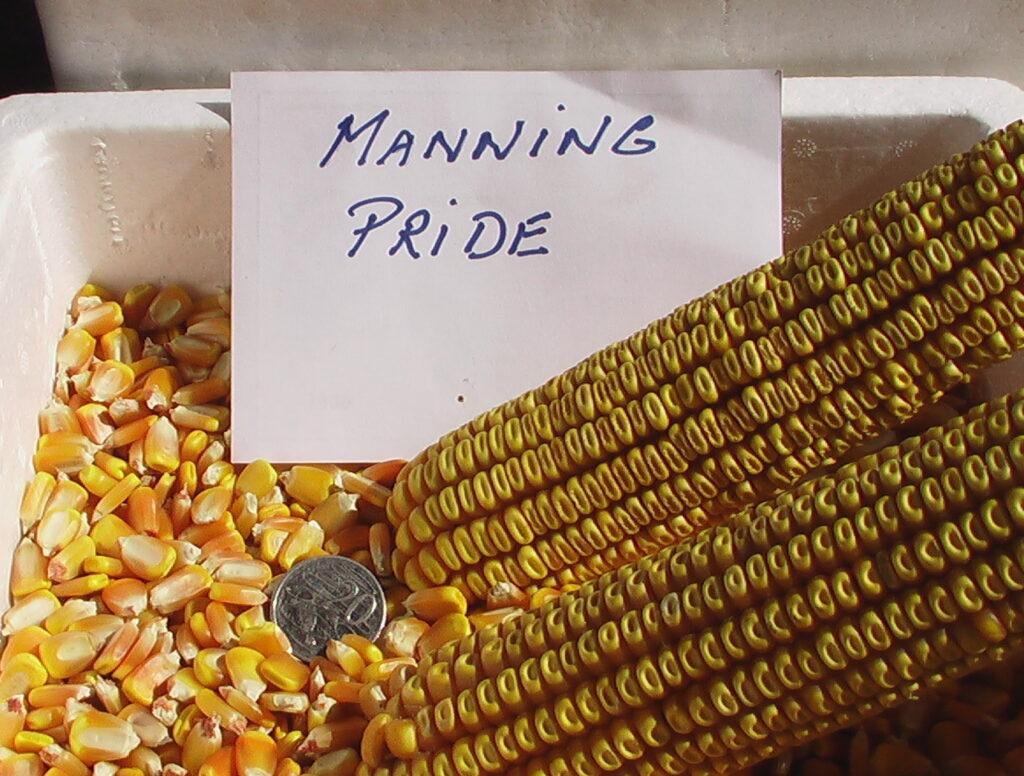
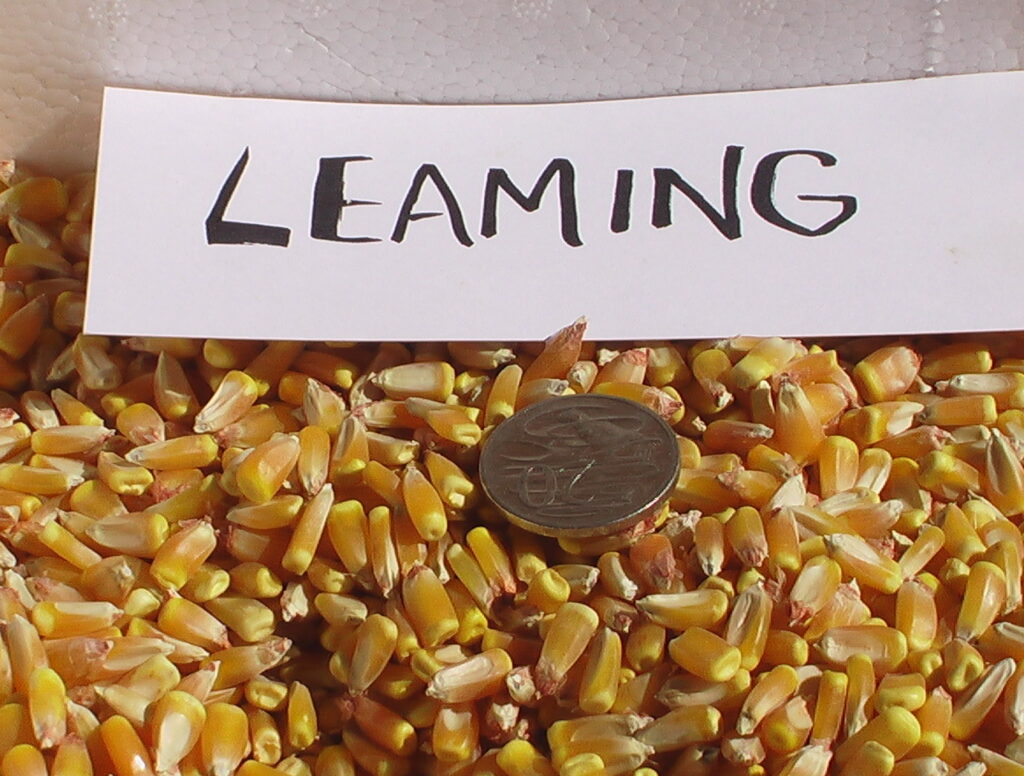
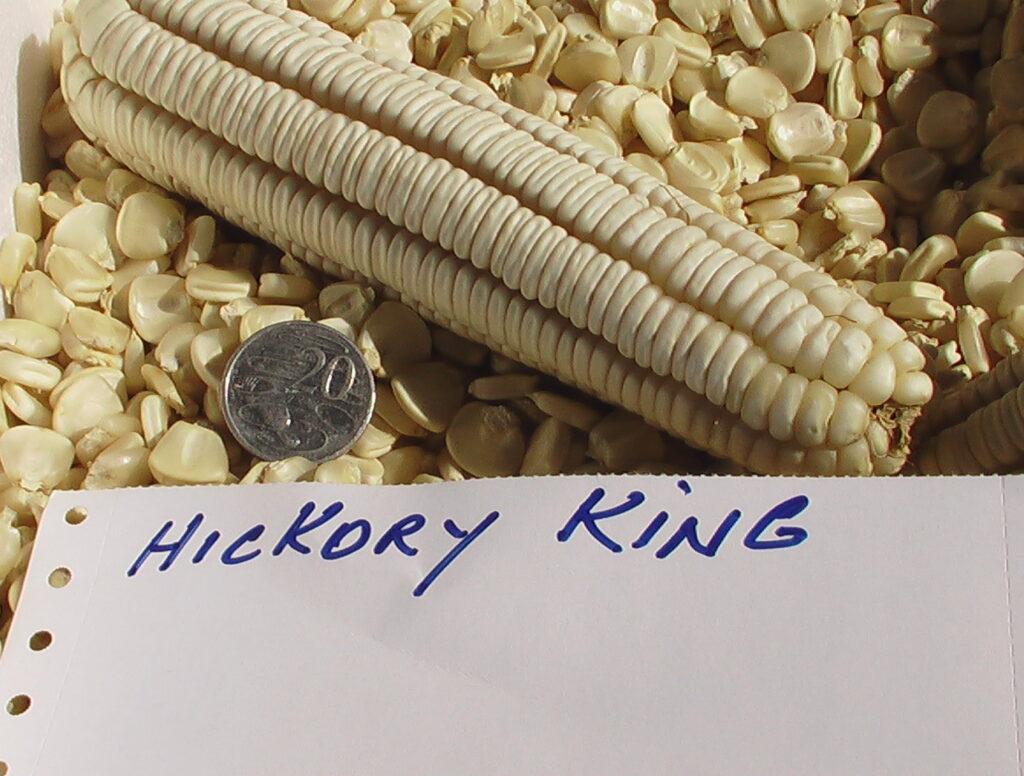
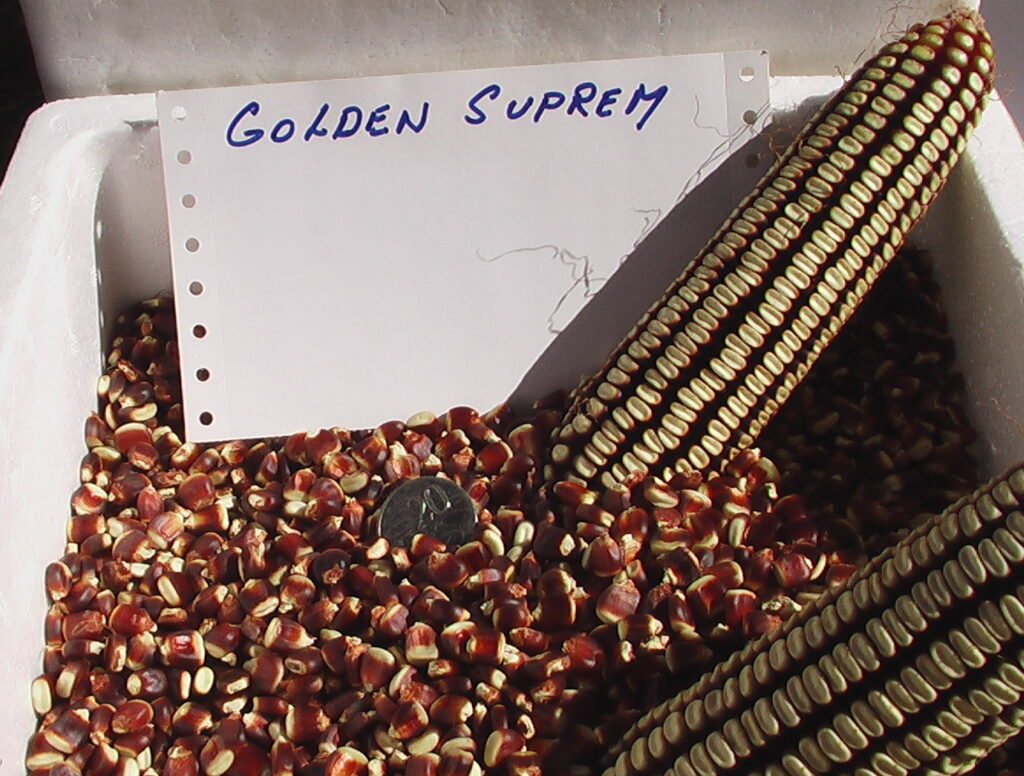
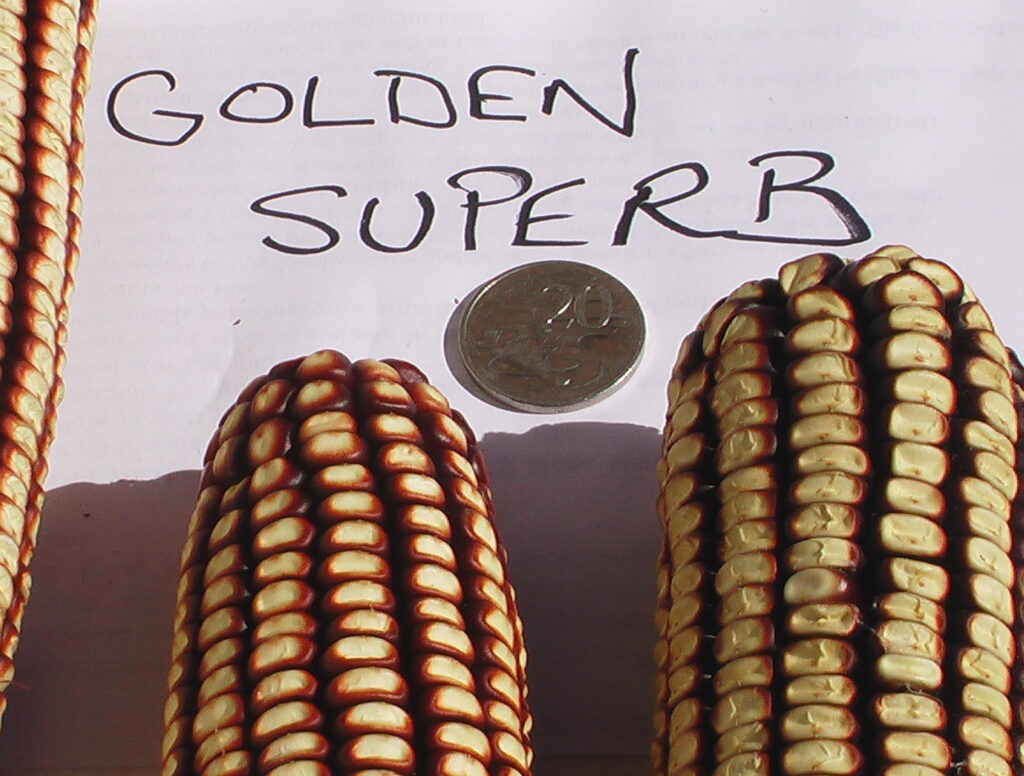
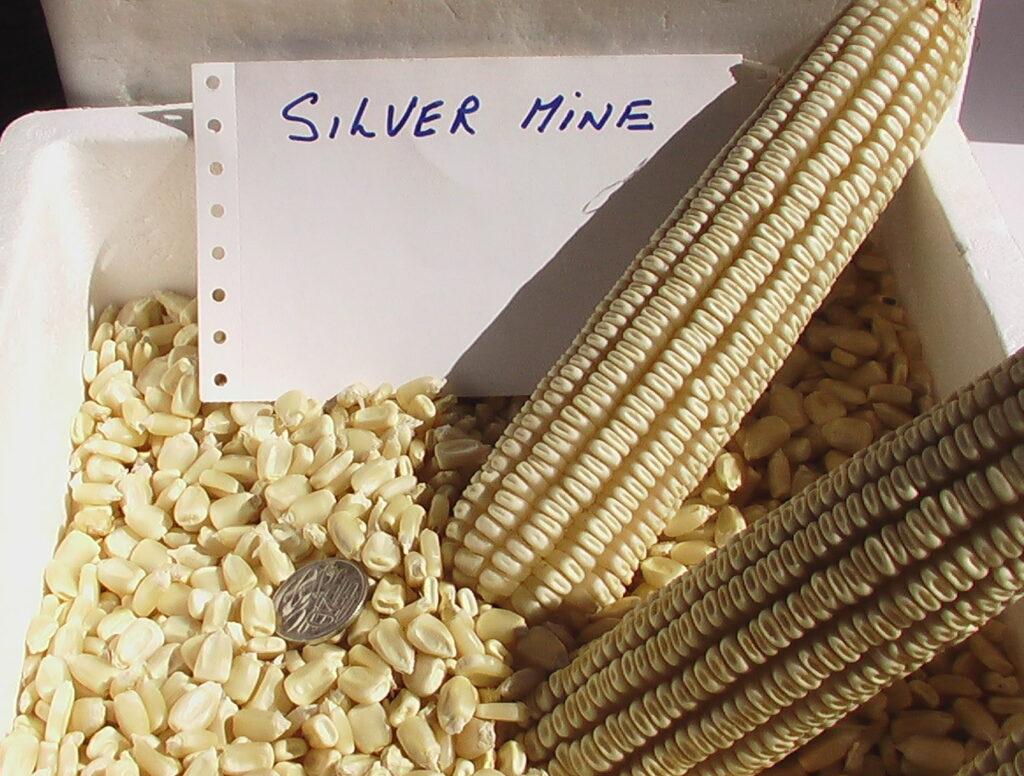
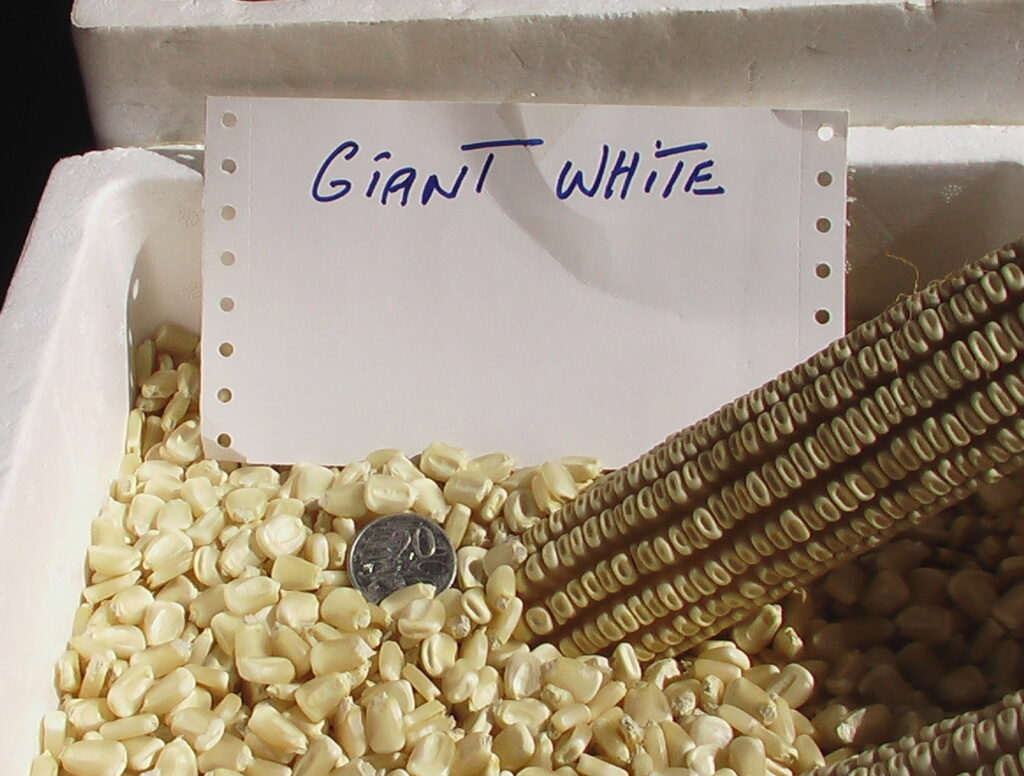
Growing for seed
Isolation distances for corn will be significant because the pollen is very light and easily carried over large distances. The direction of the prevailing wind, placement of wind breaks and the upwind crops should be considered. The 250 metre distance suggested as the minimum may need to be increased to over a kilometre if conditions require it.
Corn is also prone to inbreeding depression and should be grown in larger populations if at all possible. To ensure good cross-pollination of cobs planting in blocks rather than long rows will help ensure good spread of pollen across all plants. During pollination, tassels can be cut from some plants and then shaken over the silks of cobs needing pollination. The dust like pollen particles will be visible floating in the air.
Selection
During the growing phase corns can be selected for plant form and numbers of pods. Colour of the kernels does not appear until the last few weeks of the cobs maturing.
Harvest
Corn seed is harvested at full maturity which is well past the point at which sweet corn is harvested for eating. Cobs are left on the plant to mature until the husks of the cob turns brown and dries off. They can be harvested as soon as the leaves start to brown off or they can be left on the plant until fully dried.
If the weather is wet or particularly humid it is better to harvest the cobs as soon as they are mature enough and then dried undercover to avoid mold.
Processing
After harvest the kernels should be fully dried before processing to avoid damaging them. Peeling back the husks will speed up the drying process and help avoid mold.
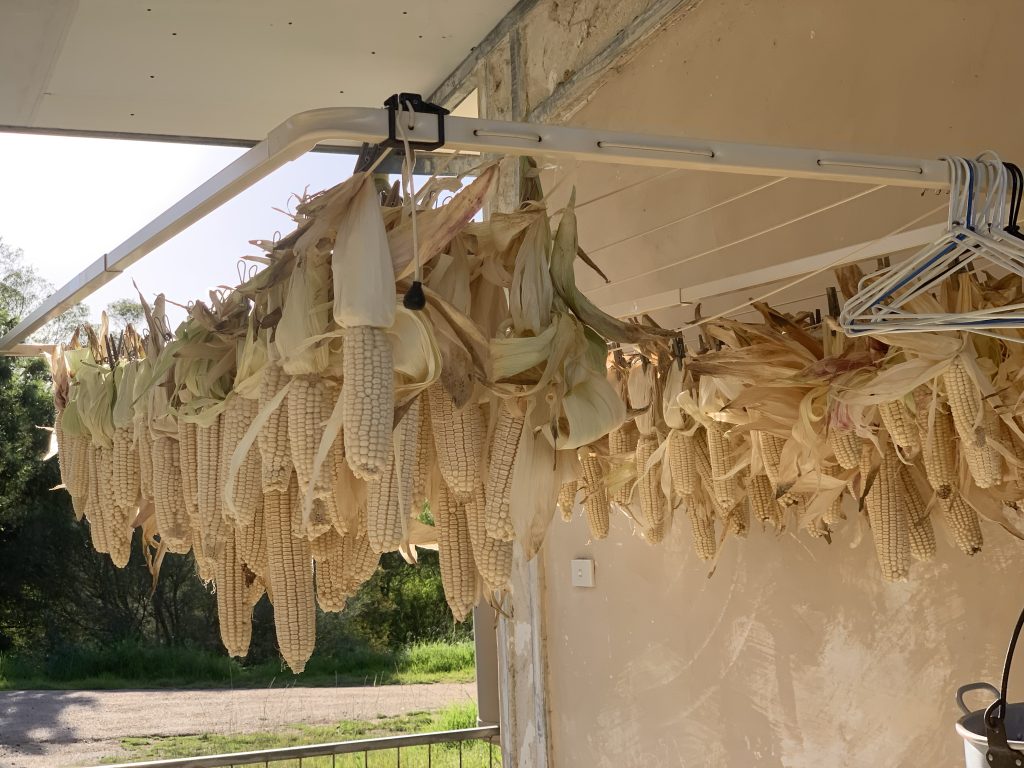
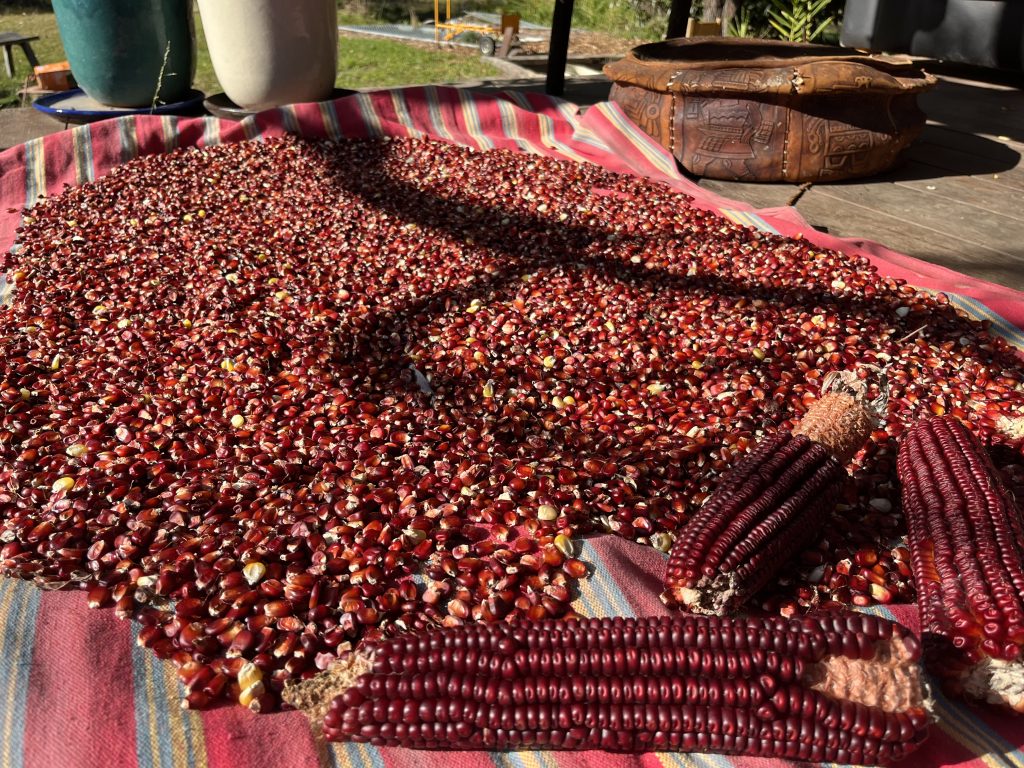
Kernels are removed from the cob either by rubbing them off by hand or using a shucking tool.
Contributors
Liz Worth, Nellie Pryke
